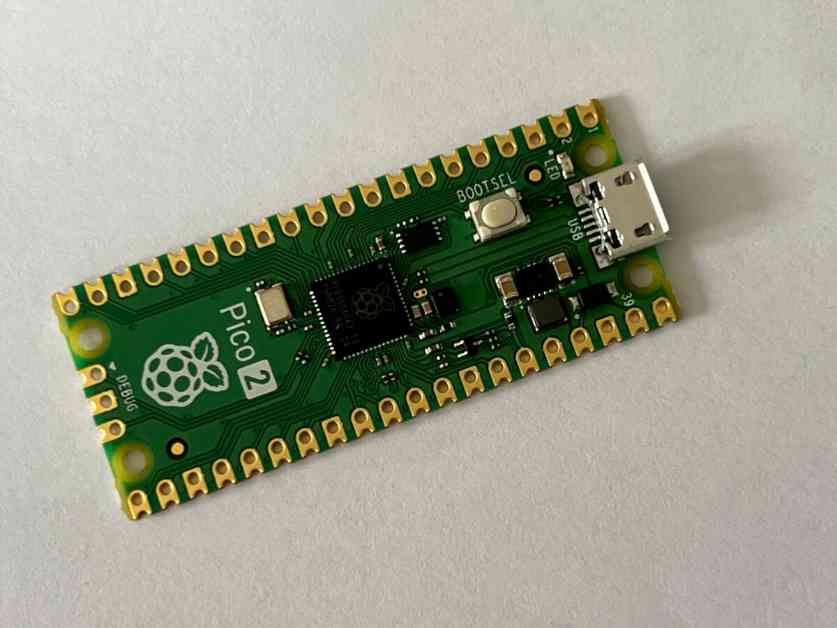Raspberry Pi has some exciting news for fans of RISC-V. They have introduced the Pico 2 and RP2350 microcontroller, supporting the open ISA. The Pico 2 board is priced at $5 and maintains compatibility with previous versions. It features 520KB of on-chip memory and 4MB of QSPI flash, along with two optional RISC-V Hazard3 CPU cores.
Users can choose between the Hazard3 cores or the Arm Cortex-M33 cores at boot time, both running at 150 MHz. This flexibility allows for experimentation in running different core configurations. Hazard3 is an open-source design, providing support for the RISC-V ISA with hardware multiplication and division, atomic instructions, and more.
Eben Upton, from Raspberry Pi, expressed excitement about RISC-V and the Hazard3 core, highlighting its potential for architectural experimentation and configurability for SoC designers. The Pico 2 is not meant for running general-purpose operating systems but is compatible with FreeRTOS and potentially Zephyr in the future.
In terms of security, the RP2350 microcontroller comes with a comprehensive security architecture including Arm TrustZone, signed boot, key storage, SHA-256 acceleration, and secure boot ROM. This enhanced security feature aims to attract professional users looking to integrate the RP2350 into their products securely.
The Pico 2 offers improved performance with Cortex-M33 cores featuring additional capabilities like FPU and DSP. This increased performance opens up new applications for hobbyists and professionals, with a particular emphasis on music synthesizers. The microcontroller also caters to industrial customers with its security and low-power features.
However, the enhancements come with a slight price increase, from $4 for the original Pico to $5 for the Pico 2. The new model lacks some connectivity options like Wi-Fi, but a version with Wi-Fi capabilities is expected later in the year. Availability might be limited initially, with more stock coming in the following weeks.
The RP2350 chip is named based on its features, with the number indicating the configuration of Cortex-M33 cores, SRAM, and Flash memory. Despite the price increase and potential limitations, the addition of RISC-V in the form of Hazard3 makes the Pico 2 an intriguing option for both hobbyists and industry users.
Overall, the Pico 2 offers a blend of performance, security, and flexibility with its dual-core configuration and RISC-V support. It will be interesting to see how customers respond to this latest offering from Raspberry Pi.

